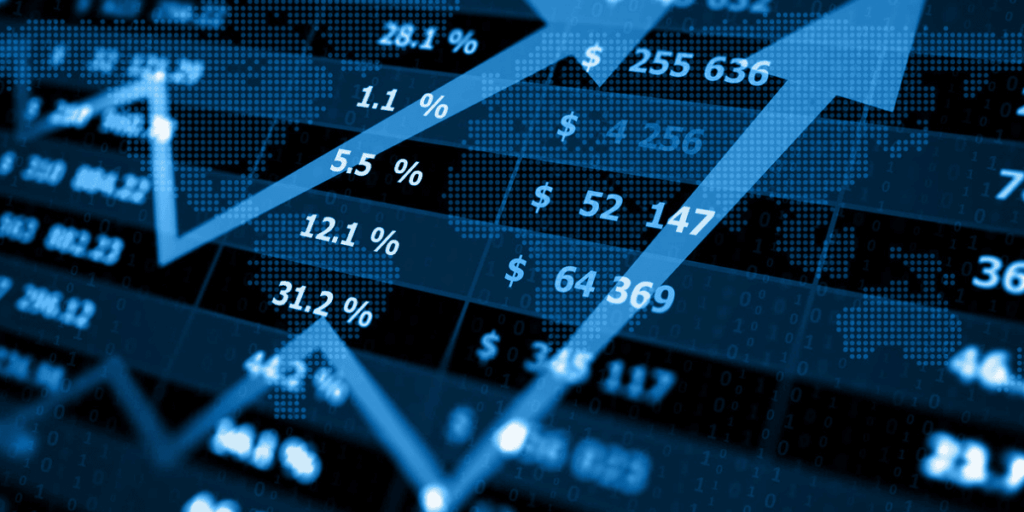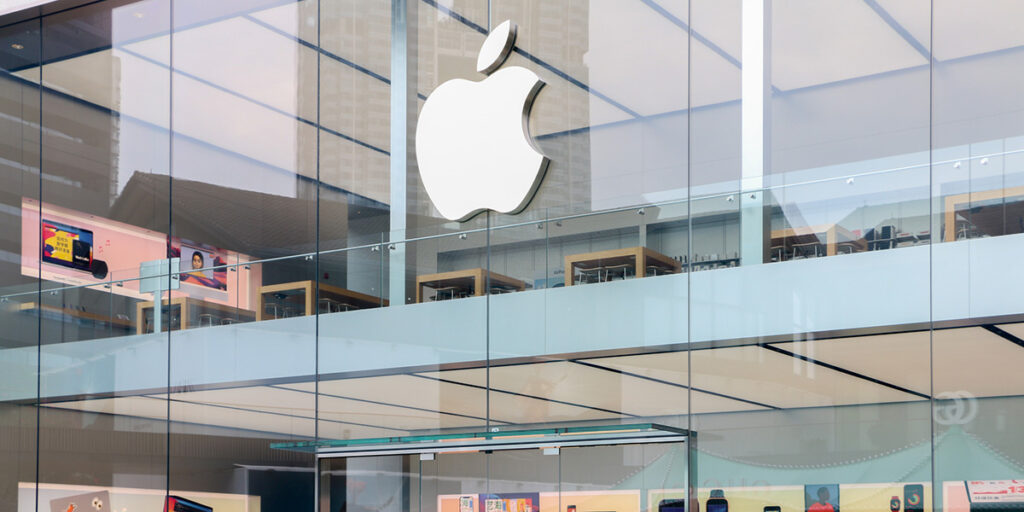For those of you who would prefer to listen:
Wyoming was the center of investor attention Friday. The Rocky Mountain valley is known as Jackson Hole. The town is simply Jackson. The region is known for its beauty and its endangered animals; particularly Moose. Its local hockey team is the Jackson Hole Moose. Moose are large animals that have poor eyesight but a keen sense of sound and smell. Many savvy investors have such attributes too.
Moose can get as big as 7 feet tall and 10 feet long, weighing north of 1500 pounds. They’re also fast. These animals can run up to 35 miles an hour. A baby moose can outrun the fastest humans within their first week. Moose can also swim. Like most animals, Moose tend to be aggressive during mating season but will be fiercely defensive to protect their young. Moose can live up to 20 years. These are beautiful and iconic creatures. There are believed to be roughly 300 moose in Jackson Hole. You just might be lucky enough to see them strolling through town. Now that was a treat.
Theodore Roosevelt fell in love with the area and was heavily involved in advancing the national parks system as President. Yellowstone, which stretches into both Wyoming and Montana, is America’s first national park. It was established by President Grant in 1872. But it was actively poached, with wolves, buffalo and grizzlies hunted despite its federal footprint. As Vice President and later President, Teddy Roosevelt fought for conservation of our precious lands. Roosevelt later ran an unsuccessful attempt at the White House under the new Bull Moose Party. A male moose is referred to as a bull. The Bulls on Wall Street stampeded into Jackson on Friday.
This was an event the Market had been waiting for, all week, all month and all Summer. Every year, the Chairman of the Federal Reserve gives a speech at this economic symposium. Dozens of economists, bankers and the media congregate in Jackson. This is a speech I watch every year. It’s not the most exciting. To be clear: Nobody will confuse the Fed Chair with Winston Churchill or Knute Rockne. Inspiration ain’t there. It’s not a riveting message. But financial nuggets are plenty. The Jackson Hole speech moves markets.
Wall Street gears up for this event. Despite the fact that it takes place in August, when many investors are still at the beach or the mountains, people do stand at attention to the podium in Wyoming. The S&P 500 has had big moves the last 5 Jackson Hole days. It’s been up 4 of those 5, advancing roughly 1%. This year was a 1.5% spike. But the 1 decliner was a doozy. The S&P fell 3.5% in a day as rate hikes and inflation caused the hangover. I repeat: Jackson Hole moves markets.
Fed Chair Powell has been getting pressure from every angle. People have been calling for rate cuts. The most vocal has come from the Oval Office. The Fed Chair has proven skilled in disregarding. Powell has stood firm stating he will let the data do the talking.
The data is fuzzy. That’s how one Fed member described it. In many ways, the data has been contradictory. The Economy seems to be slowing. Unemployment is on the rise. But prices remain high. Inflation has proven sticky. Is it stagflation light? That case can be made. But here’s the deal: The Fed has a dual mandate. It’s balancing maximum employment and price stability.
Heading into this year’s Jackson Hole speech were 5 consecutive declines for the Stock Market. That had not happened since January. Tech stocks led those declines. That’s really new. The brakes were slammed on the AI trade. That said, the S&P sell-off shaved less than 2% off its all-time high. Leadership rotated from Tech into areas like Health Care and Consumer Staples, which are slower growth areas that have lagged.
Fed Chair Powell basically green-lighted a rate cut in September. But he emphasized maximum flexibility was necessary. Risks are still present. Inflation risk is to the upside. Employment risk is to the downside. But one risk seems to be more impactful than the other. The Bond Market appears more focused on the economic slowdown than inflation. Yields have fallen. That leads interest rates lower.
Earlier in the week, the Market started pricing in fewer Fed rate cuts than previously expected. The minutes from the last Fed meeting got circulated. The majority of Fed voters “judged the upside risk to inflation as the greater of these two risks”. Many believe it could take some time for the full effects of higher tariffs to be felt. Powell reiterated that point in his speech. But that meeting was in July. The Economy keeps cooling. The Fed’s new base case is that tariff effects on inflation will be short-lived.
The probability of a September rate cut fell below 60% a month ago. It was next to 100% a week ago. It jumped around all this week. Friday brought some more clarity. The Market is now pricing in an 84% probability of a quarter-point cut next month, with an increased likelihood of 3 total rate cuts before year-end. Both stocks and bonds celebrated.
Stocks that benefit most from lower rates jumped the most. Housing and Car companies top that list. Tech ran too. Everything tied to loans and debt rallied. And it was Small Caps that ruled the day. Rotation moved back to risk assets Friday. Then there’s this: It’s quite rare for the Fed to cut rates with the Stock Market at all-time highs in an environment where speculative assets like cryptocurrencies and unprofitable Tech stocks soar. But the Stock Market is not the Fed mandate. The Stock Market is its own animal that is influenced by many factors.
Monetary policy is not on a preset course. Plus, it’s really only effective on cyclical pressures. Realistically, it has little influence on structural, secular forces. That’s short-term versus long-term. The advancement of the internet in the 1990s and the advancement of Artificial Intelligence in the 2020s are examples of such secular forces. AI has been a theme for the Stock Market. It’s been the dominant driver of revenue and earnings growth.
Option activity has reached record levels this year. Speculation has been at play. There was a record volume day for zero-day options this week, which accounted for 69% of the total flows. The Volatility Index, best known as the VIX, is now down to 14, near lows on the year. As a reminder, it hit 60 in April amidst the tariff panic. Despite the concerns around politics and geopolitics, the level of fear around the Stock Market is at multi-year lows. This, with the Stock Market at all-time highs. We could see some healthy back and filling ahead, but the defined trend is clearly up.
The Credit Market is showing no sign of concern. Investment-grade credit spreads are the tightest since 1998. That means investors are requiring less and less extra yield over comparable Treasury rates as the year has gone on. This was part of the conundrum ahead of Jackson Hole. If the US Economy requires interest rate cuts, why are companies perceived to be the most creditworthy this century with the Stock Market at all-time highs? The Market often sends conflicting signals.
Bull Markets tend to run faster and last longer when investors are conflicted. Bull Markets are a powerful force, just like those beautiful animals that can run fast and swim strong. Those bulls were active in Wyoming this week. They proved it again; Jackson Hole moves markets.
Have a nice weekend. We’ll be back, dark and early on Monday.
Mike






